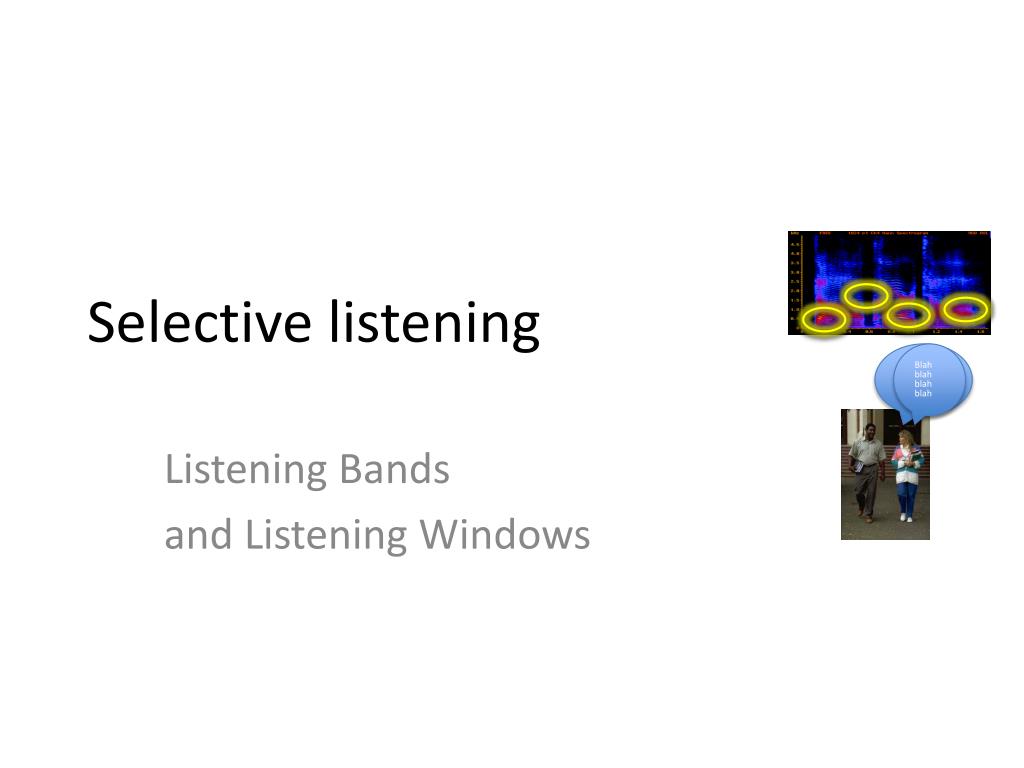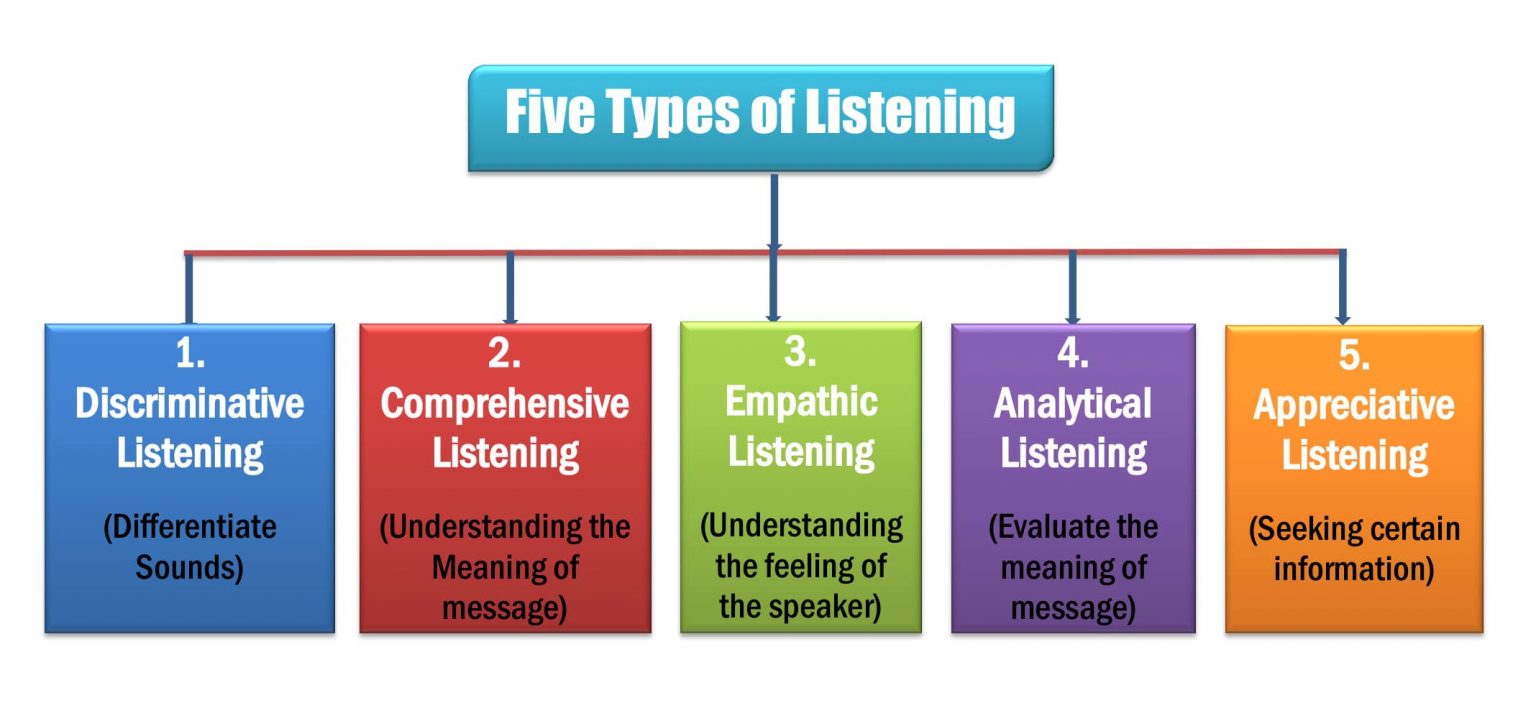

It is immensely exhausting yet rewarding.

We actively push our own perspective out of our mind and heart and instead try to walk with them, see as they see and feel as they feel. When we empathically listen, we immerse ourselves in understanding how the other person is thinking and feeling.
#SELECTIVE LISTENING FULL#
It reaches beyond attentive listening because it requires us to focus on and seek the other person’s frame of reference using our full listening faculties, plus our heart and mind. The fact is we still have an even more advanced level of listening we can achieve.Įmpathic listening is the highest level of listening and the one that requires that greatest amount of mental and emotional energy. It usually involves eye contact, thinking to understand, reflecting, rephrasing, and other tools to keep us fully engaged and sending the message to the other party, “I am engaged and seeking to understand.” However, even at its best, this level of listening is still based upon relatability to our own individual experience or frame of reference. As the name indicates, this is the level at which we are paying attention to the other person and internalizing the message. This type of listening can frequently result in increased miscommunication and misunderstanding as the parties potentially hear different parts of the exchange.Īttentive listening is the level we should most frequently seek to achieve in our day-to-day interactions, especially in the work environment. The problem with this level is that we are only listening to parts of the message, and usually to respond with some kind of winning comeback. Selective listening is a step in the right direction, as it does involve at least a basic level of listening.

When that happens, we’re caught! A definite withdrawal is made from the trust or emotional bank account of that relationship, and it’s only made worse when we try to cover it up. This works just fine until the person with whom we are speaking or to whom we are supposedly listening to asks a question related to what they were saying. At this level, we are at least giving the appearance of listening, as the name indicates. Pretending (patronizing) is the next level of listening. My wife and children can tell you how many times they have had to repeat my name or use varying titles to finally get my attention when I’m focused on something less important than engaging with them. It comes with not managing or even misusing my strength in focusing. Personally, this happens to be one of my greatest weaknesses, maybe even my Achilles heel. It is when we expend zero effort to listen. Ignoring is the most basic level of listening. There are actually five levels of listening: ignoring, pretending, selective listening, attentive listening and empathic listening. In his writings and trainings, he pointed out that there is more to it than either listening or not. Some years later, I had the opportunity to learn more about listening from the well-known author and business leader, Stephen R. What impressed me then, and still does now, is Tom’s impeccable example in modeling this critical characteristic. We came into this world with two ears, two eyes and one mouth.

It was also pointed out to me by a great mentor, Tom Shimizu, that most of us were born to listen. Posted July 23rd, 2018 & filed under HR Elevated.Ī number of years ago, it was pointed out to me that the word ‘listen’ contains the exact same letters as the word ‘silent.’ I’ve often wondered if it’s a coincidence or serendipity.


 0 kommentar(er)
0 kommentar(er)
